Tag: courts
-
Louisiana voters to decide on raising judicial retirement age from 70 to 75 in April 2026

Louisiana voters will decide on a constitutional amendment that would increase the judicial retirement age from 70 to 75. It will appear on the ballot on April 18, 2026. Currently, 31 states and the District of Columbia have mandatory retirement ages for judges. These laws require judges to retire either upon reaching a specified age…
-
Ballotpedia releases federal judicial vacancy count for April 2025

In this month’s federal judicial vacancy count, Ballotpedia tracked nominations, confirmations, and vacancies from March 2, 2025, to April 1, 2025. Ballotpedia publishes the federal judicial vacancy count at the start of each month. HIGHLIGHTS New vacancies There were 45 vacancies out of 870 active Article III judicial positions, a total vacancy percentage of 5.2%,…
-
President Trump has yet to appoint any federal judges 72 days into his first year of his second term
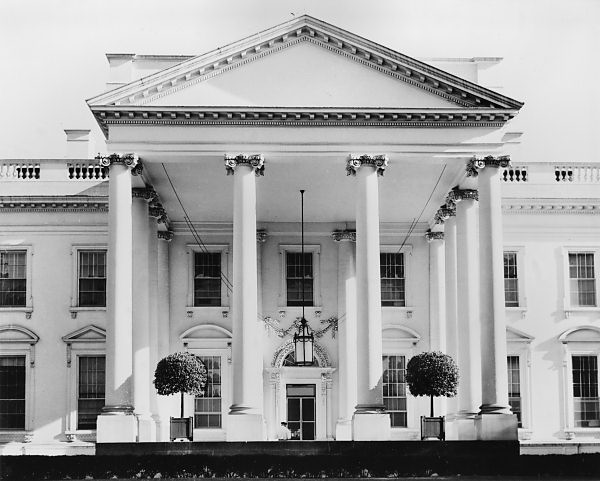
President Donald Trump (R) had not nominated any Article III federal judges as of April 1, 2025, his first year of his second term in office. The average number of federal judges appointed by previous presidents through April 1 of his first year in office is also zero. By April 1 of his first term…
-
Maryland voters to decide on changes to vacancy procedures for Judicial Disabilities Commission in 2026
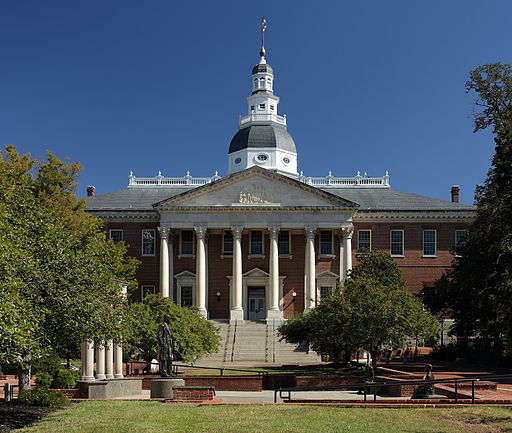
The Maryland State Legislature voted to send a constitutional amendment to the Nov. 3, 2026, ballot that would change how vacancies are filled on the Judicial Disabilities Commission. The amendment would allow the chair of the Commission on Judicial Disabilities to appoint former members to temporarily fill vacancies or allow the governor to appoint a…
-
State supreme court vacancy count for March 2025
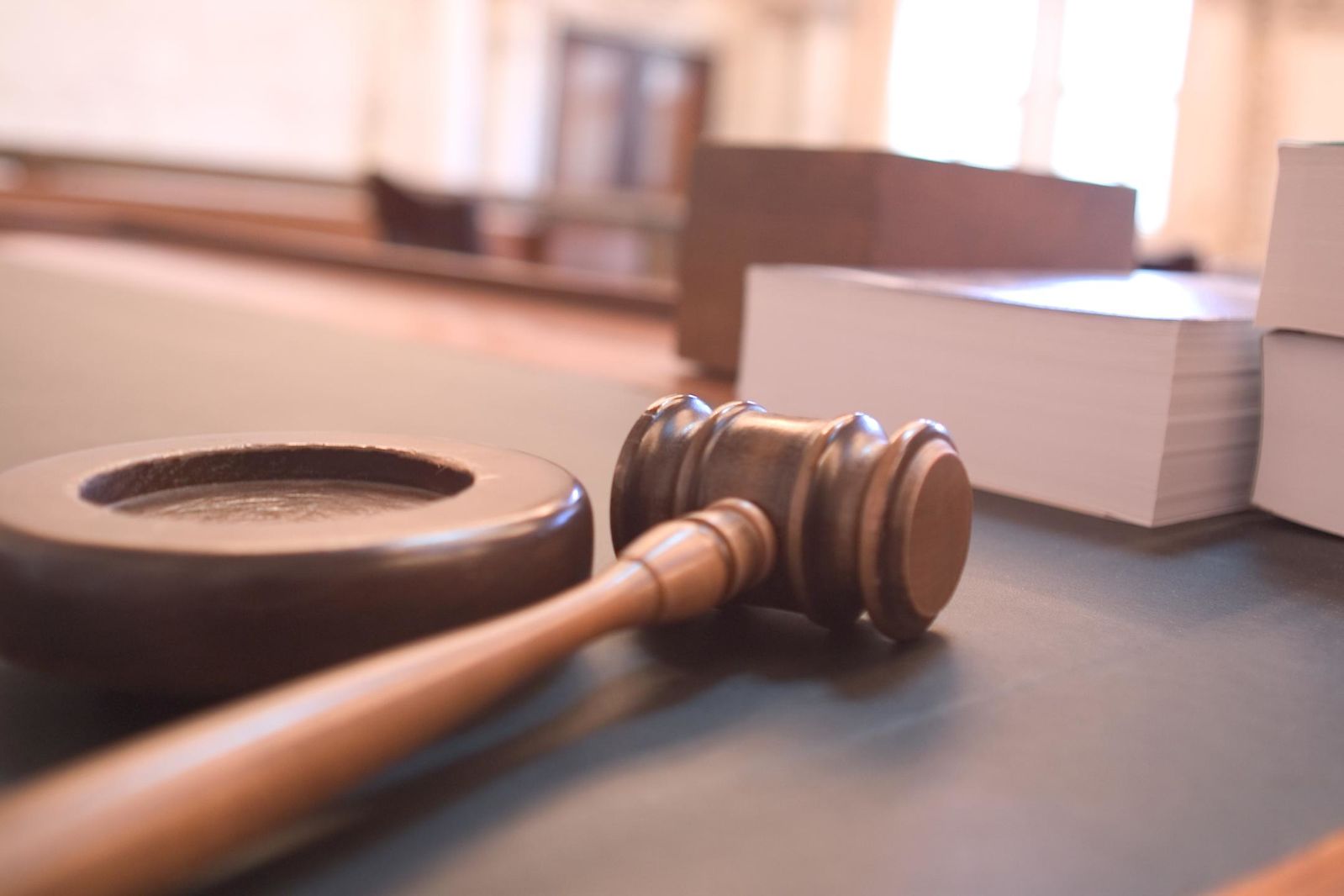
In this month’s state supreme court vacancy update, Ballotpedia tracked announced retirements, nominations, appointments, confirmations, and the swearing-in of justices from March 1, 2025, to March 30, 2025. Ballotpedia tracks court vacancies in all 52 state supreme courts. Announced retirements: During March 2025, one justice announced her retirement from her seat. Candidates nominated, appointed, and…
-
State supreme court vacancy count for February 2025

In this month’s state supreme court vacancy update, Ballotpedia tracked announced retirements, nominations, appointments, confirmations, and the swearing-in of justices from February 1 to February 28, 2025. Ballotpedia tracks court vacancies in all 52 state supreme courts. Announced retirements: Two chief justices announced their intentions to retire later this year. Michigan Supreme Court Chief Justice…
-
Ballotpedia releases the state supreme court vacancies count for 2024
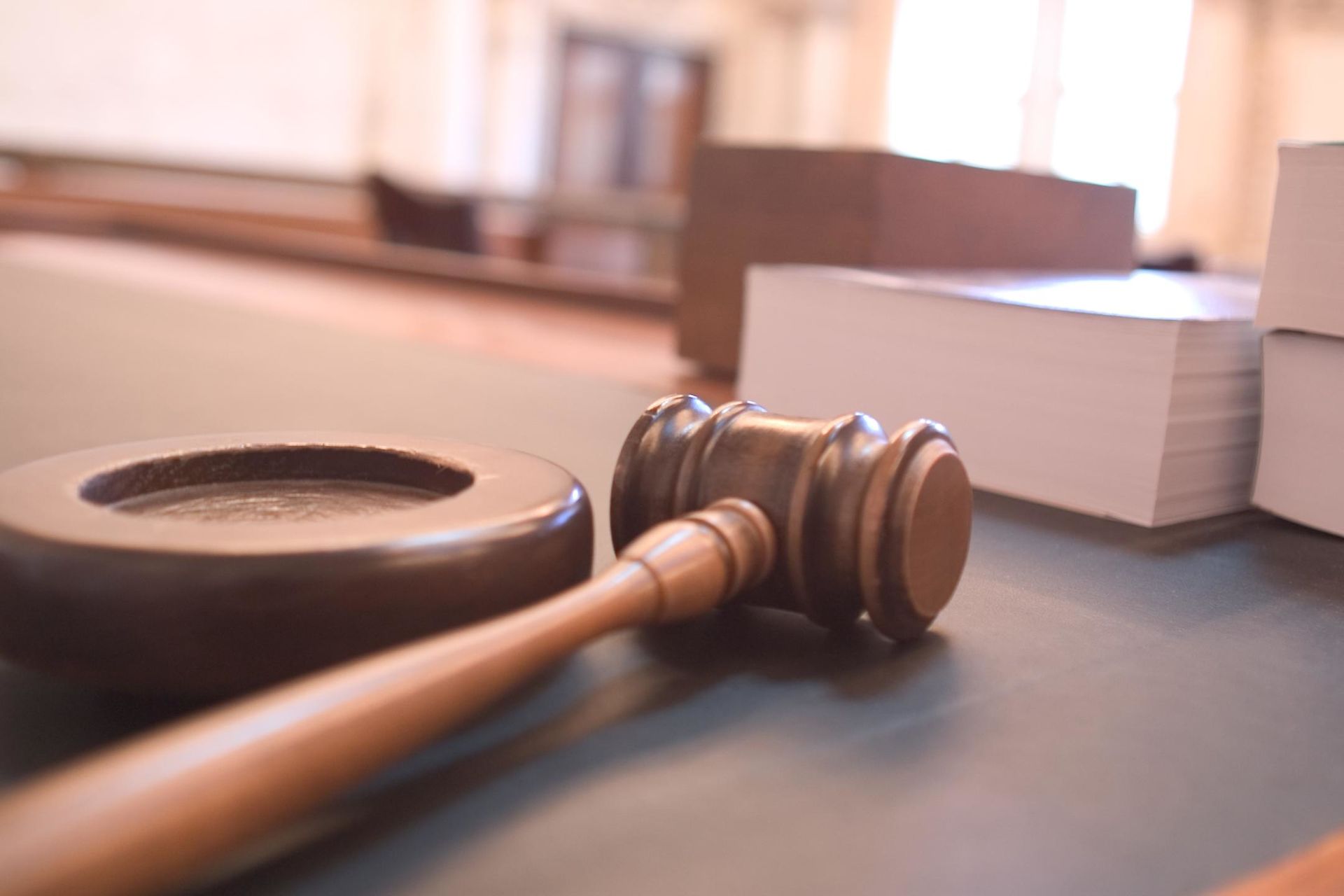
Twenty state supreme court justices vacated their seats before their term was scheduled to end in 2024. Of the 20 vacancies, 17 were caused by justices retiring, and three were caused by justices ascending to the chief justice position of the court. This is the first year since Ballotpedia started tracking state supreme court vacancies…
-
Both candidates for Minnesota’s 6th District Court Position 6 complete Ballotpedia’s Candidate Connection survey
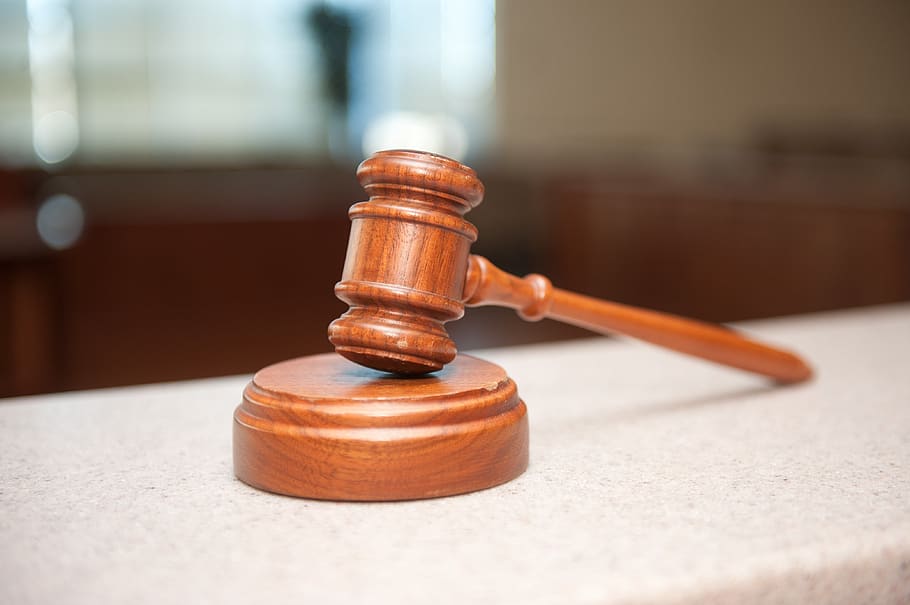
Both candidates running in the general election for Position 6 on Minnesota’s 6th District Court—Gunnar B. Johnson and Shawn Reed—completed Ballotpedia’s Candidate Connection survey. These survey responses allow voters to hear directly from candidates about what motivates them to run for office. Minnesota’s 6th Judicial District covers the northeastern portion of the state, including Carlton,…
-
Crisp County, Ga., magistrate judge primary ends in tie, rare runoff, following recount
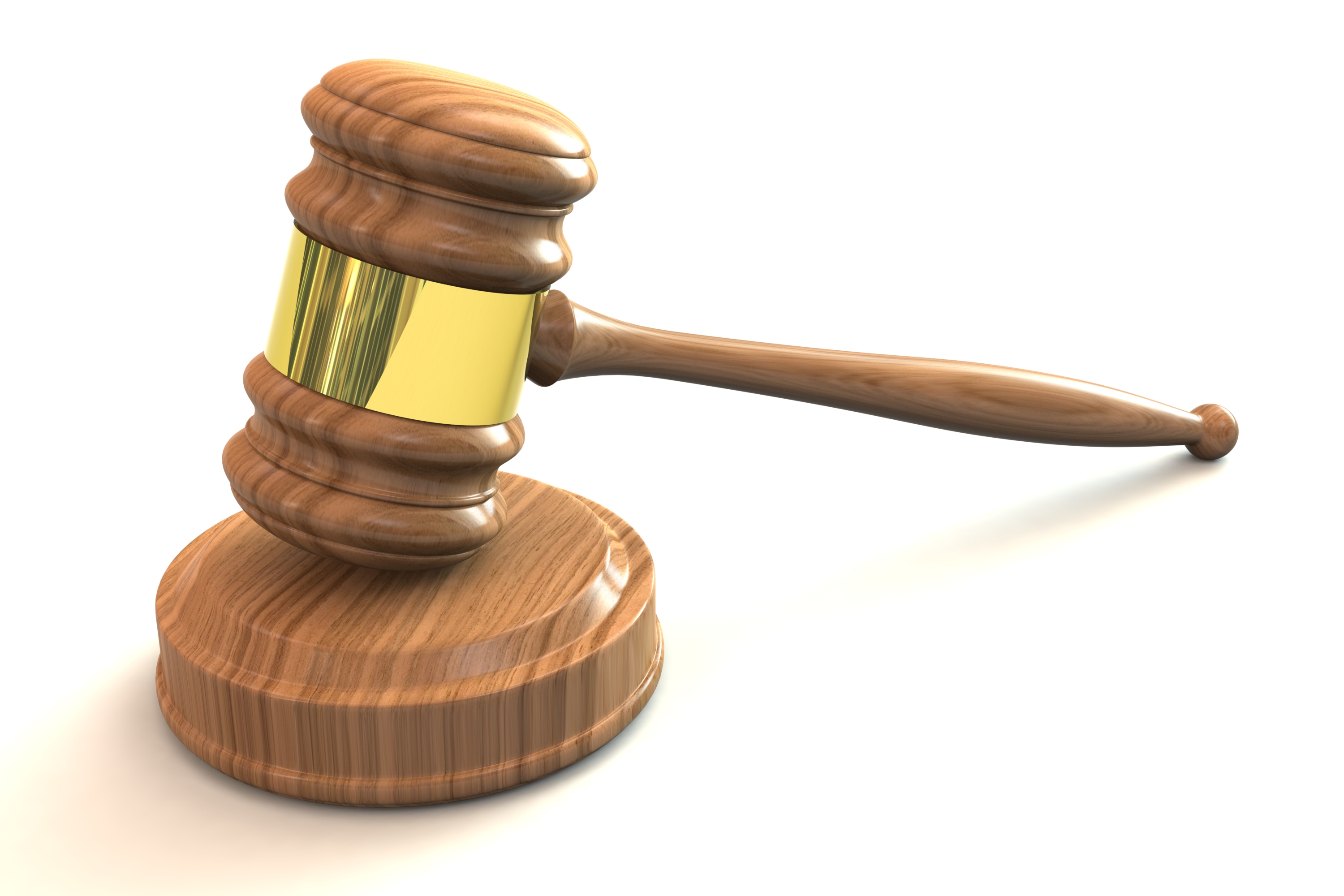
Republican voters in Crisp County, Ga., will get a second shot to pick their nominee in the county’s chief magistrate judge race on June 18. George Holmes and Brandon Rivers faced each other in a primary on May 21. Initial returns showed Holmes leading Rivers by one vote, enough to secure the nomination. But in…
-
Court settlement prompts changes to Indiana absentee voting regulations

On Feb. 6, parties in an Indiana lawsuit seeking accommodations for voters with visual disabilities settled, allowing these voters to use a computer software program to complete their ballot and submit it via email. Attorneys acting on behalf of three Indiana voters with visual disabilities sued the Indiana Election Commission and the Indiana Secretary of…

